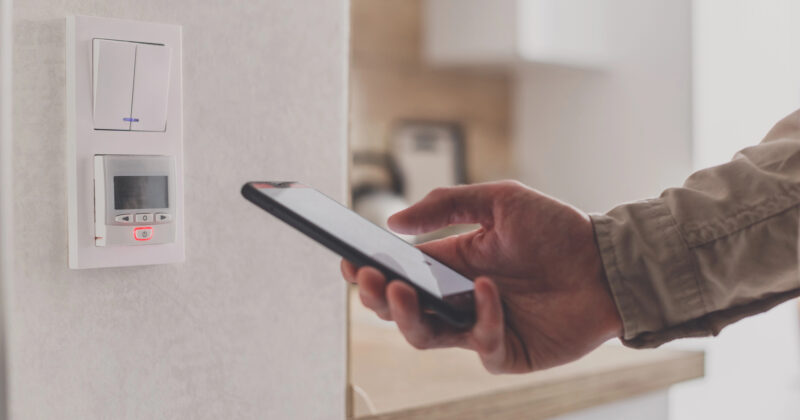
Style and Design Considerations
Select templates, colors and visual styles that reflect your business image. This is not a small detail which can go unnoticed. The design of your email should follow along with all of your other branding materials. If you have offers or statements on your website, they should follow along consistently with your offers and statements you’re making in emails.
Try to use a customized template and avoid boilerplate text; also avoid using a standard “thank you” page. The “thank you” page is what new subscribers see when they join your last, and they give a lasting impression. Design this page like you would with all of your other business materials.
Also try to keep the design of your emails simple and clean. You can even simplify your website design to suit your email layout as well. By simplifying the design and removing unnecessary elements, you are making it easier to digest, and it will look much less like junk mail. Keeping is simple also makes your offers stand out much more.
Your Email Content
Your message should contain content with an appropriate tone for your business. Is your business casual, personal and fun? Or is it serious, non-nonsense and business oriented? Or are you targeting a geeky and highly technical crowd? Your messages should communicate in a way that connects with your readership, and reflects the kind of business you are. If there is an inconsistent feel to your communications, you will come across as an inconsistent business.
Pay attention to details such as the greeting and email signature. Use appropriate tone in your greeting, and don’t make it sound to generic or spammy. Signatures can also be a great way to brand your message, but avoid making them too big or including a bunch of repetitive information.
Other Considerations
Take the time to read over your message and review for grammatical errors and spelling mistakes. You can use a spell checker to catch any simple misspellings. Regardless of your business type, tone or industry, spelling correctly is important to present yourself as a professional. Spelling errors are an amateur mistake and will quickly diminish customer confidence.
Also include your logo in each email in the header area (for HTML emails). You can also include icons pointing to your Facebook, Twitter and other social media pages. Make it easy to notice these and click on them and it can be a steady source of new fans for your social media sites.
When you write each new email, think about it from your recipient’s point of view. Try to understand how they will view your email, what message they will get, and whether it is providing them with value. Customers will respond better if they recognize your brand and it speaks directly to their needs.



